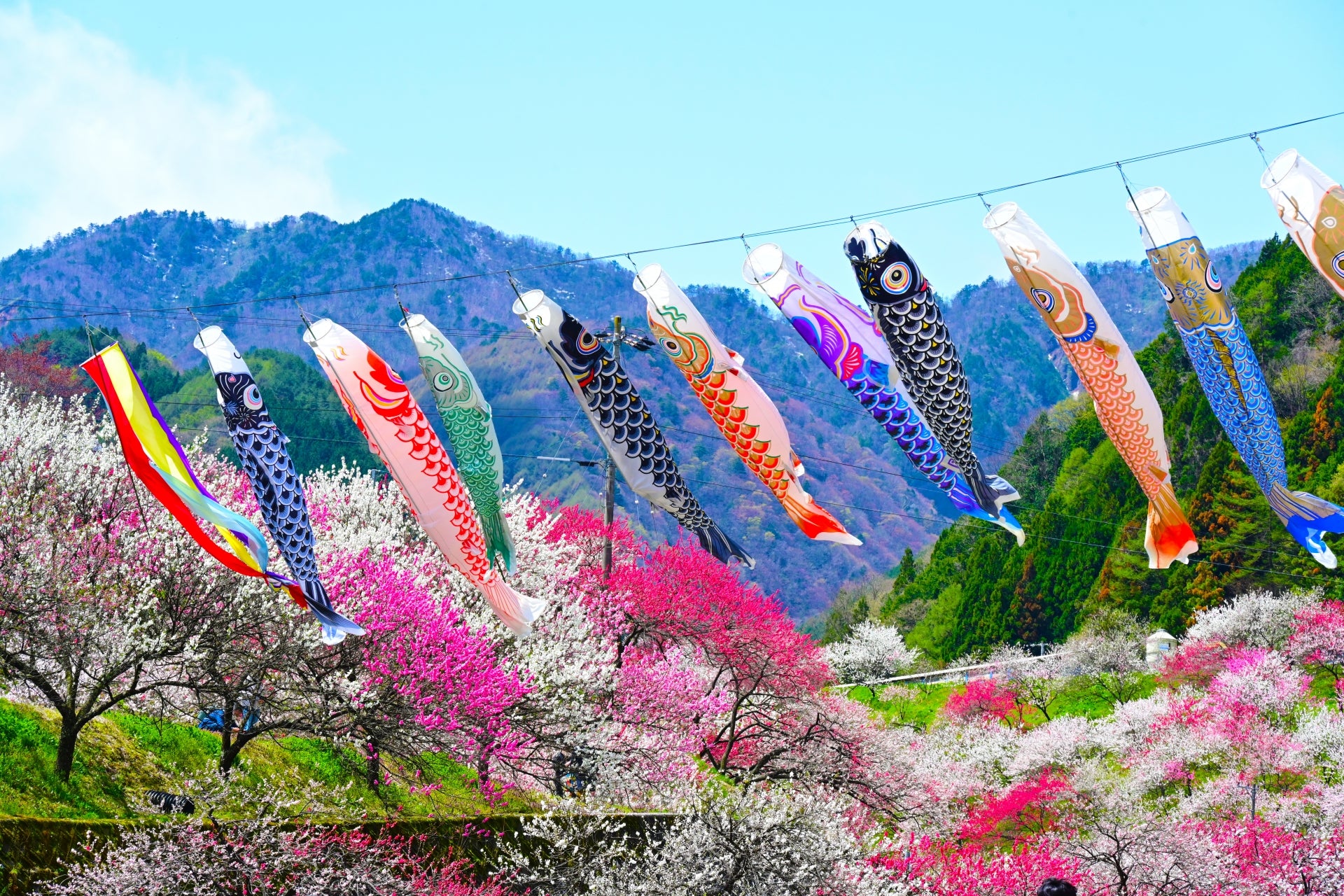

What is the most impressive moment when you are traveling in Japan? Is it when you tried Sushi and Sashimi, the specialty of Japanese cuisine, or tried Wagyu beef, the transcendentally tender, fatty, umami-rich steak? I believed that Shinkansen (Japan's world-famous bullet train) is the ultimate form of our transportation. It is known as the fastest and most convenient way of discovering Japan.
SHINKANSEN
“Since its inauguration in 1964, approximately 6.4 billion people have used the Tokaido Shinkansen, the transportation artery linking Japan’s three largest metropolitan areas, Tokyo, Nagoya, and Osaka. The Tokaido Shinkansen has literally supported Japan’s economic growth. We will continue operating Japan’s main transportation artery while ensuring safe and reliable transportation as the priority.”
Why Shinkansen is the world-famous bullet train?
- No accidents resulting in fatalities or injuries of passengers on board since operations commenced.
- Average delay time: 0.9 minutes / 1 train in service. Results for FY2021. Including delays caused by natural disasters, etc.
- Maximum speed: 285 km/h. Tokyo ~ Shin-Osaka: 2 hours 22 minutes.
- Number of train services per day: 336. Number of passengers per day: 229,000 (Resouce: Central Japan Railway Company)

Golden Week
Much like spring break in the U.S., the week is usually a time when most Japanese schools, government offices, and businesses close to mark a string of four consecutive holidays. The Golden Week is a holiday-studded period from the end of April to the beginning of May each year in Japan. "Golden Week" means the same as prime time. Since this season of time is usually blessed with gorgeous weather and temperature, many large festivals take places all around the nation, helping to make "Golden Week to be an extremely popular time for us to travel.
- Showa Day (April 29) commemorates the Showa Era and is the birthday of former Emperor Showa.
- Constitution Memorial Day (Kenpo-kinenbi) (May 3) honors Japan’s constitution which came into force on this day in 1947.
- Greenery Day (Midori-no-hi) (May 4) is dedicated to the environment and nature.
- Children’s Day (Kodomo-no-hi) (May 5) celebrates Boy’s Festival (Tango no Sekku). Parents wish the health and future success of their sons by hanging up Koinobori (carp streamers), a symbol of effort and success, outside houses.

In most of Japan, the rainy season lasts from the beginning of June to mid-July, while it affects the islands of Okinawa about one month earlier. Before the rainy season, this prime consecutive holiday in prime weather, tourist spots, amusement parks, transportation, and accommodations are expected to be fully booked throughout this period.
The best Tips for visitors coming to Japan during "Golden Week. "
- Book hotels in advance.
- Book restaurants in advance.
- Book transportation in advance.
Yes!! That is right. There is no shortcut for surviving the crowds during Golden Week.

